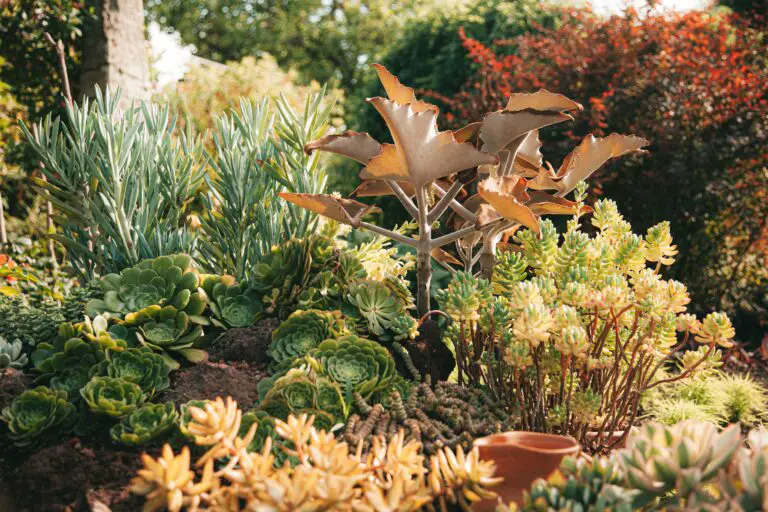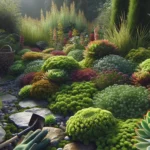Introduction to Sedum Species
Welcome to the verdant world of sedum, a plant genus that’s like Mother Nature’s Swiss army knife for the eco-smart gardener! These hardy little troopers not only brave the elements with panache but also bring a splash of color to your garden party.
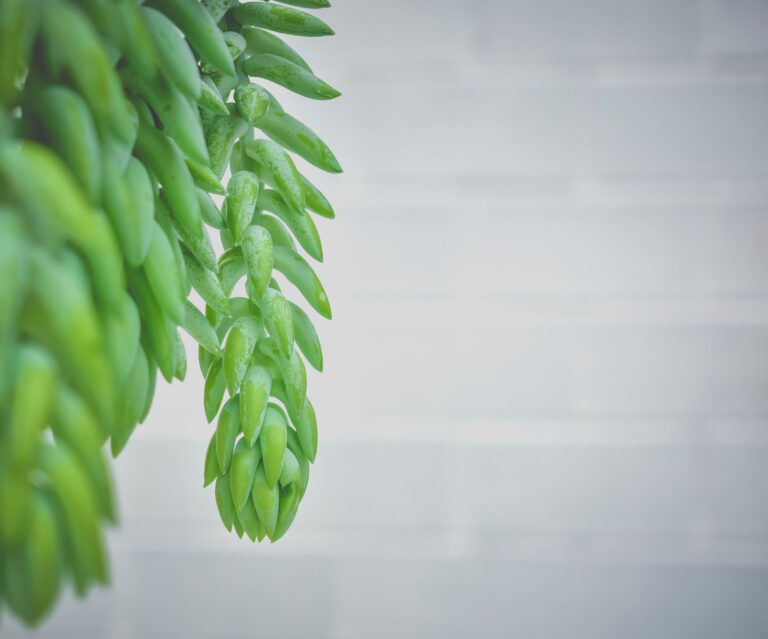
Beneath their succulent leaves and star-shaped blooms lies a secret superpower: sedum plants are fantastic for the environment. Whether they’re transforming a dull green roof into a lush carpet or cozying up in your rock garden, sedums are not just about good looks. They’re eco-warriors, folks! By providing a haven for pollinators and fighting soil erosion like miniature green heroes, their ecological benefits are truly worthy of your backyard.
Imagine a plant that requires minimal watering, defies pests, and laughs in the face of poor soil. Now stop imagining, because that’s exactly what sedum brings to the table—or rather, the garden. This expert guide dives deep into the lush world of these plants, highlighting how sedum is not just a pretty face but a beacon for bees, butterflies, and hummingbirds. So, if you’re ready to add both aesthetic value and a touch of wildlife sanctuary to your outdoor space, then sedum is your go-to green companion.
So, whether you’re looking to up your gardening game with a plant that punches above its weight class, or simply want to create a picturesque view beyond your window, incorporating sedum species into your home gardens brings with it a symphony of life, color, and ecological balance. Find your green thumb and let’s dive into the universe of sedums!
Exploring Sedum Diversity
When it comes to eco-friendly gardening, sedums are a real treasure trove of diversity! These hardy succulents are not just easy on the eyes, but they’re champions of low-maintenance care. From the towering Sedum telephium to the ground-hugging Sedum acre, there’s a sedum out there for every corner of your garden. Let’s dive into the vibrant world of sedum varieties and unravel their potential for creating a visual spectacle in your green space.
Tall Sedums Reach for the Skies
Standing tall amid their sedum brethren, varieties like Sedum spectabile and Sedum ‘Autumn Joy’ are showstoppers with their robust growth and clusters of pink, starry flowers. Imagine them as backdrops in your beds or as bold sentinels in your borders. With their statuesque forms and stellar blooms, these tall sedums are natural focal points that invite beneficial pollinators to your garden party.
Here is a handy visual guide to learn more about the care and beauty of sedum plants:
Creeping Sedums That Trail and Triumph
On the flip side, we have the adventurous creeping sedums like Sedum reflexum and Sedum rupestre. These dynamic growers cascade beautifully over walls, fill in cracks with aplomb, and trail over the edges of pots with nonchalant grace. Their tenacity to spread and thrive with minimal fuss makes them ideal for urban spaces where soil is scarce but ambitions are high.
Mat-Forming Sedums As Living Carpets
Last but not least, let’s sprawl out with the mat-forming sedums. Sedum kamtschaticum and Sedum hispanicum are just a few that knit together to create living carpets of foliage and flowers. These low-growing powerhouses suppress weeds, retain moisture, and transform bare patches into a lush tapestry of greens, reds, and yellows. Visit The Ultimate Guide to Succulent Soil for insights on creating the perfect foundation for these groundcovers.
Whether you’re looking to invite height, encourage exploration, or lay down a living mosaic, there’s a type of sedum beckoning to enrich your eco-friendly garden. Pair them up with their succulent cousins or let them stand alone; either way, they’re poised to become the low-care, high-charm heroes of your next garden adventure.
Top Sedum Varieties for Your Gardenscape
When it comes to creating a vibrant and eco-friendly garden, integrating sedum varieties can transform your green space into a cornucopia of low-maintenance beauty. These hardy succulents offer a palette of color and texture, making them sought-after by gardeners and landscape aficionados alike. Let’s dive into a few varieties that are making waves in gardens around the world.
First up is Sedum ‘Autumn Joy’, a classic that lives up to its name. In late summer to fall, its blossoms burst into fiery shades of red and pink, much to the delight of pollinators. Robust and resilient, it stands tall, defying the harshest of garden conditions. Then there’s the Sedum spurium, also known as Dragon’s Blood, which spreads a carpet of deep red foliage, intensifying in hue with the sun’s caress.
For those chasing a touch of whimsy, Sedum rupestre ‘Angelina’ offers a refreshing chartreuse splash. Whether cascading over a stone wall or nestled between pathway stones, its vibrant, needle-like foliage brings life to any crevice. And let’s not overlook the ground-hugging Sedum reflexum, which presents a sea of star-shaped yellow flowers—a sight so magical it could have been plucked from a fairy tale.
It’s clear that sedum varieties like Sedum ‘Autumn Joy’, Dragon’s Blood, ‘Angelina’, and Sedum reflexum stand out for their unique characteristics. Each has its distinct way of elevating garden aesthetics while supporting environmental sustainability by requiring minimal water and care. For more detailed insights into creating an enchanting succulent garden, delve into this detailed guide on creative succulent arrangements.
The beauty of sedums extends beyond their hardy nature; they offer a micro-habitat for wildlife, a brilliant attribute for the eco-conscious gardener. Imagine butterflies fluttering amongst the blossoms of ‘Autumn Joy,’ or bees buzzing around the sunny flowers of Sedum reflexum. They are not just plants but a cornerstone to biodiversity in the decking of your green haven.

Sedum Care and Cultivation
Gardening enthusiasts, listen up! If you’re diving into the wide world of sedums—those hardy, drought-tolerant succulents—you’re in for a treat with their low-maintenance moxie. But even the toughest plants benefit from a little tender, loving care. Let’s explore the path to vibrant sedum success together.
First and foremost, sedums crave well-draining soil—think gritty, airy, and the opposite of your typical garden mud. If you’re working with heavy dirt, simply amend it with some sand or fine gravel. Your sedums will thank you with spirited growth.
Watering your sedum can be a tricky game; it’s all about balance. Overdo it, and you’ll be sending out SOS signals for root rot. Neglect them, and they’ll sulk with wilted leaves. Aim to mimic Mother Nature, providing a drink when the soil’s dry to the touch. Remember, it’s better to err on the side of under-watering—these plants adore a good drought.
Catch some rays, sedum-style! Sunlight is the secret ingredient to those luscious, colorful leaves. Try to give them a spot where sunshine is abundant—around 6 hours a day—to bask in their full glory. If you’re in a particularly hot climate, though, a bit of afternoon shade won’t go amiss to prevent scorching.
While sedums aren’t too picky, pests can occasionally crash the party. Mealybugs and aphids are the usual suspects, so keep an eye out for uninvited guests and evict them promptly. A gentle spray with soapy water or neem oil usually shows them the door.
Real-Life Sedum Savvy
I once met a gardener whose sedum collection was the envy of the neighborhood. Her secret? She built a raised bed filled with the perfect succulent mix and placed it in a south-facing spot. The sedums thrived, and pests became a rarity, thanks to her vigilant care and natural pest control methods.
And it’s not just about keeping your sedums alive—it’s about watching them thrive. I saw a sedum ‘Autumn Joy’ perform a full 180 from a leggy, sun-starved state to a robust, flower-crowned champion, all because it got relocated to a sunnier plot. What a glowing transformation!
Dabble in the art of sedum gardening, and you might just find a greener thumb than you knew you had. And who knows, you might even become the neighborhood’s sedum whisperer! For more insight on thriving gardens, take a peek at this guide on succulent soil for the perfect plant growth.
Now, take a gander at this inspiring image—doesn’t it just make you want to roll up your sleeves and get planting?
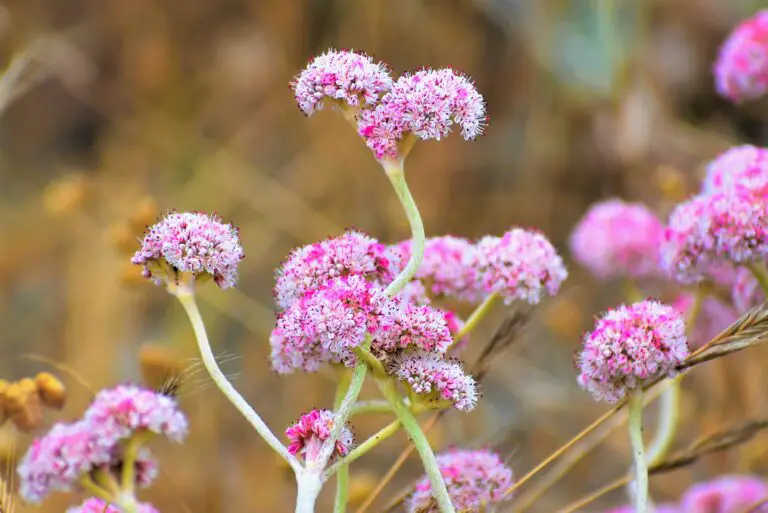
As you venture into sedum cultivation, let these tips be your guide. Create a sanctuary for these leafy gems, and you’ll have a garden that’s not only gorgeous but also environmentally sound. Happy gardening!
Innovative Ways to Use Sedum
Sedum, a versatile and hardy succulent, has carved its niche in eco-friendly gardens. It’s not just their drought-tolerance that makes them a popular choice; their ability to add texture, color, and structure to various gardens makes them an artist’s dream. Let’s explore some of the most innovative ways to incorporate these nature’s gems into our green spaces.
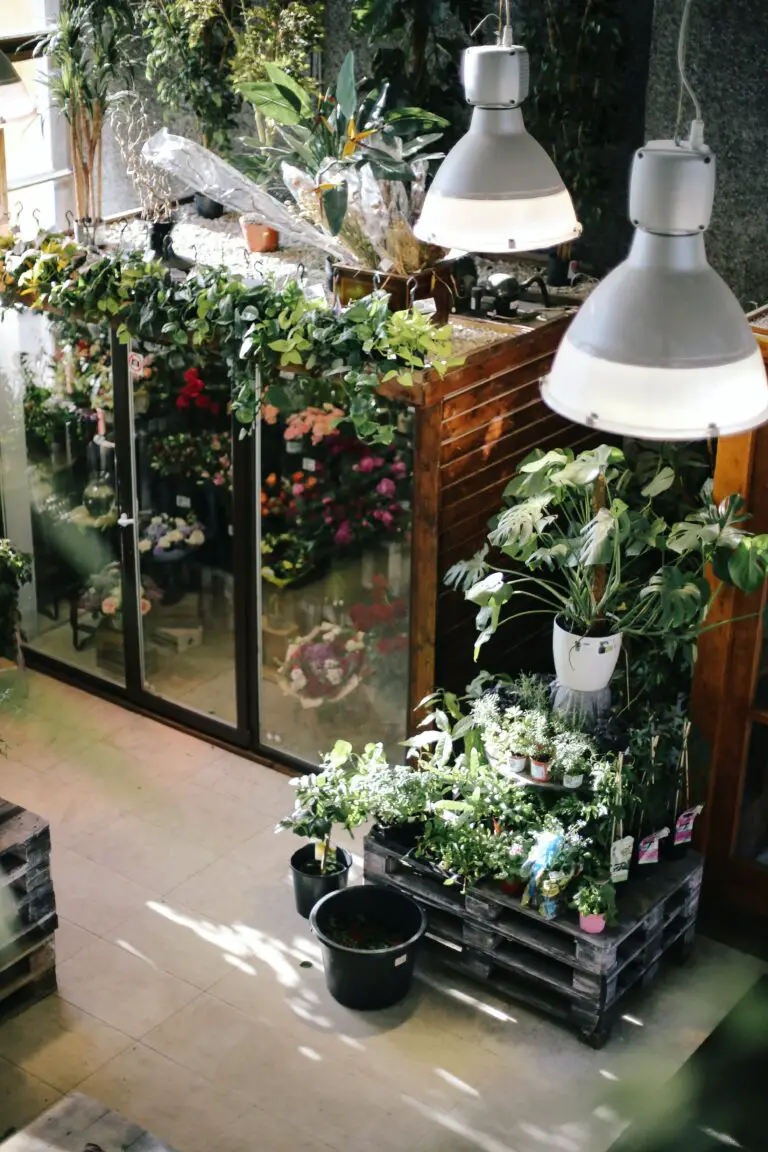
Rock Gardens: A Stone’s Best Friend
Imagine a garden where sedums mimic lichen-covered rocks, creating a tapestry of greens and reds between the stones. Rock gardens are a perfect stage for sedum varieties. Their ability to thrive in well-drained soil and their compact growth habit makes them an ideal partner for rocky landscapes. From the cascading ‘Angelina’ to the starry ‘Blue Spruce’, sedums turn an ordinary rock garden into a year-round spectacle.
Green Roofs: An Elevated Ecosystem
Not just for ground cover anymore, sedums are reaching new heights on green roofs. Building owners are adopting these hardy plants to create a living roof that insulates and beautifies. Picture a cityscape where the roofs bloom with ‘Dragon’s Blood’ and ‘Fuldaglut’, enhancing urban biodiversity and offering a feast for pollinators. This innovative use of sedum isn’t just visually striking; it’s a functional step towards sustainable architecture.
Border Plantings: The Living Edge
Borders are more than just demarcations; they are narratives that tell the story of a garden. And sedums are the perfect narrators. Planted as a border, they offer a low-maintenance, year-round border solution that brims with seasonal color and interest. The robust ‘Autumn Joy’ provides a pink-infused finale to the summer display, while the humble ‘Coral Carpet’ carpets the edge with a flush of green in spring.
Companions to Other Plants: The Perfect Pair
In the dance of garden design, sedums are the partners that bring out the best in other plants. Their succulent leaves and flowers can complement a wide range of plant textures and forms. Nestle them beside ornamental grasses for a study in contrasts, or let them weave through perennial beds to fill in gaps with bursts of color. In the company of others, sedums stand out without stealing the spotlight.
Through these innovative applications, sedum proudly takes its place as a cornerstone of eco-friendly landscaping. It goes beyond mere aesthetics; it is an embodiment of functionality and beauty co-existing harmoniously. As gardeners and designers, we are just beginning to scratch the surface of possibilities that these diverse sedum varieties offer.
Seasonal Sedum Guide
Ever seen a garden that remains captivating through the dance of the seasons? Sedum varieties—your eco-friendly carpet of succulents—are the secret warriors behind this magic. With their ability to shift character from spring’s fresh facade to winter’s stoic stance, sedums are a gardener’s year-round ally.
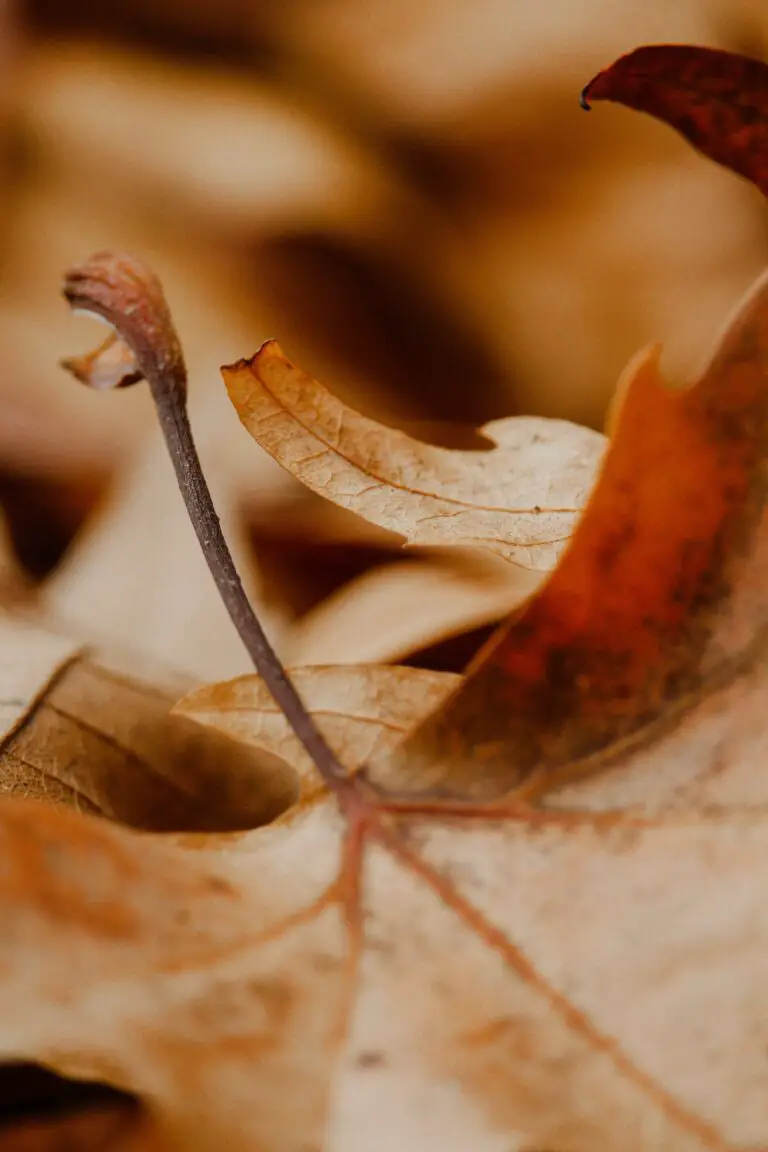
Spring into Action
Imagine the sedum spectrum awakening as the frost’s retreat marks the outset of spring. A symphony of new rosettes in hues from chartreuse to ruby red embraces the sun. Fast forward a few weeks, and the once sleepy clusters are now bustling skyscrapers of floral delight, drawing in pollinators with their starry blossoms.
Summer’s Fiery Mantle
As the curtains of spring fall, a dramatic transformation occurs. Sedum transforms into a fiery mantle that drapes over rocks and walls. It’s not just their drought-tolerance that makes them summer champions, but how their leaves adopt a saturated vibrancy, a visual echo of the sun’s intensity. Dusty blues, purples, and even electrifying yellows – nothing is off-limits for these adaptable perennials.
Autumn’s Rich Tapestry
No need for melancholy as summer wanes because sedum puts on an astonishing show of resilience. Their leaves and stems begin to deepen, taking on a burnished quality that blends perfectly with the amber palette of fall. It’s a season to celebrate endurance, as sedum’s robust nature stands out against the backdrop of a quieting garden.
Winter’s Stoic Beauty
When the rest of the garden is hibernating, sedum remains a steadfast visual anchor. Their spent flower heads, now sculptural and frosted, add interest to a stark landscape. Even under a blanket of snow, the architectural lines of sedum poke through, promising life underneath and a quiet beauty that’s both subtle and striking.
For those who seek a garden that thrives throughout the year, incorporating a variety of sedums isn’t just smart; it’s an artistic expression. Remember, these are plants that live for the long game; select species like Sedum spectabile or Sedum reflexum for a perpetual display of nature’s dynamism.
“`html
Sedum and Sustainability
Imagine stepping into your garden, where the vibrant greens and flamboyant flowers of sedum varieties play a starring role. These hardy succulents are more than just eye candy; they are dynamic players in the ecosystem’s health. Sedum species, with their diverse forms and resilience, are a powerhouse of environmental virtues that serve as your personal contribution to a greener planet.

Sedums, often dubbed the ‘live roof’ plants, are excellent for enhancing biodiversity. Picture this: a sedum-covered roof hosting a symphony of buzzing bees, fluttering butterflies, and other beneficial insects. By introducing sedums into your landscape, you’re not just growing plants; you’re building a hub for wildlife, providing critical habitats and food sources that contribute to a more robust ecosystem.
Let’s talk water conservation—sedum’s thick, waxy leaves are like mini reservoirs, allowing these steadfast plants to thrive in dry spells. This means less watering, reduced runoff, and a happier water bill for you. In the heat of summer, a sedum garden acts as nature’s sponge, retaining moisture and keeping the soil cool, making each drop of water count.
And when it comes to sustainable landscaping, sedums are your eco-friendly knights in shining armor. They’re low-maintenance warriors, needing minimal care while warding off soil erosion. Their ability to flourish in shallow soil also makes them perfect for green roofing, where they work tirelessly to insulate buildings, keeping them cooler in summer and warmer in winter, thus cutting down on energy consumption.
Incorporate sedums into your garden narrative, and you’ll spin a tale of resilience and environmental stewardship. Whether you’re a seasoned green thumb or a gardening newbie, sedums are a sensible choice for an eco-efficient landscape. Not only do they invite life and conserve resources, but they also weave sustainability into the fabric of our daily lives—one garden at a time.
“`
Frequently Asked Questions
As sedum enthusiasts uncover the myriad secrets of these succulent champions, a treasure trove of queries unfurls. Let’s dig into the wisdom garden and address some common curiosities.
What’s the Buzz on Sedum Propagation?
Propagation is much like crafting a living mosaic from a single piece. The sedum’s artistry lies in its simplicity – a stem cutting, a leaf or even a bit plucked and nestled in well-draining soil can birth a whole new plant. Imagine the backyard centrepiece you could create, a constellation of these hardy succulents splayed in all their glory, just from the snippets of your existing patch!
Can Sedums Brave the Winter Frost?
Withstanding frost is a testament to a plant’s resilience, and sedums score high on this front. Picture a quiet winter morning, your garden agleam with frost, the sedum standing noble and unfazed. These fellows are like the stoic mountaineers of the plant world, bearing the cold with a frozen smile. Some species may droop under the chill, but fear not; they’re merely taking a bow before the grand encore of spring revival.
Companion Planting: Who are Sedum’s Best Pals?
Let’s talk plant matchmaking. Sedum adores companionship that complements its easy-going vibe. Lavender and yarrow pair up nicely, their floral finesse contrasting sedum’s robust foliage. These plants are like the calm neighbors who share your love of low-maintenance living, together creating an eco-friendly oasis humming with pollinators and vibrancy.
The enigma of sedums isn’t just in their variety but in engaging with them. Whether you’re a novice gardener or a green-thumbed wizard, sedums offer a canvas for creativity and a pillar of dependability in your verdant ventures.
